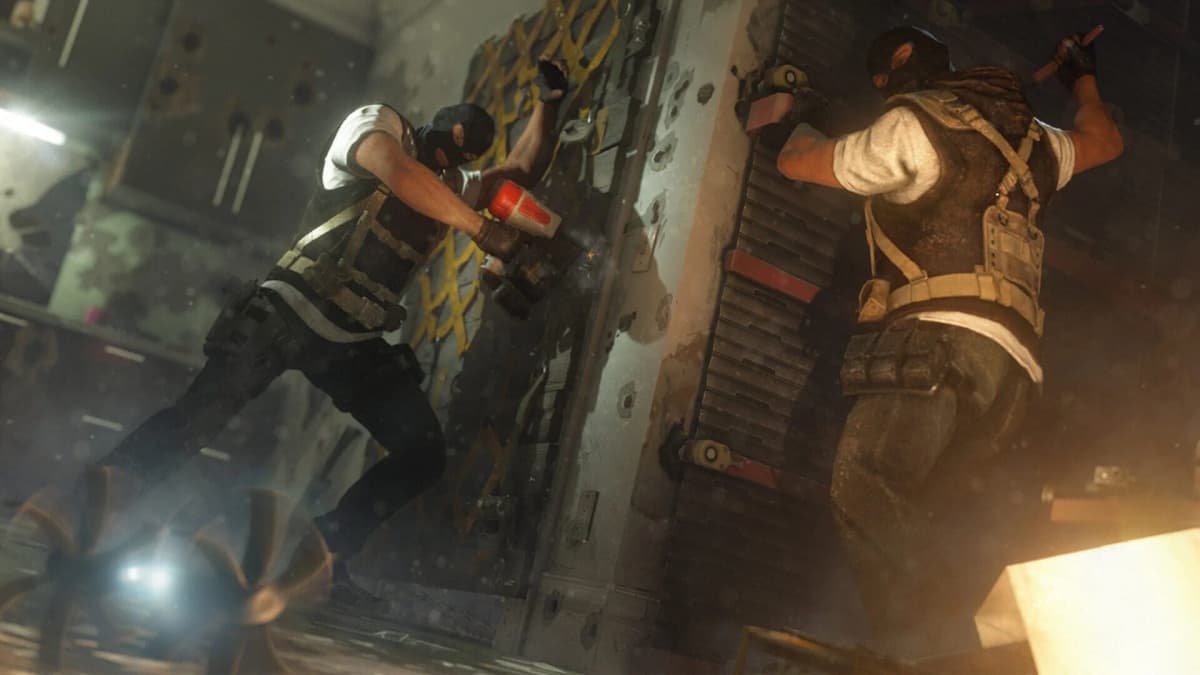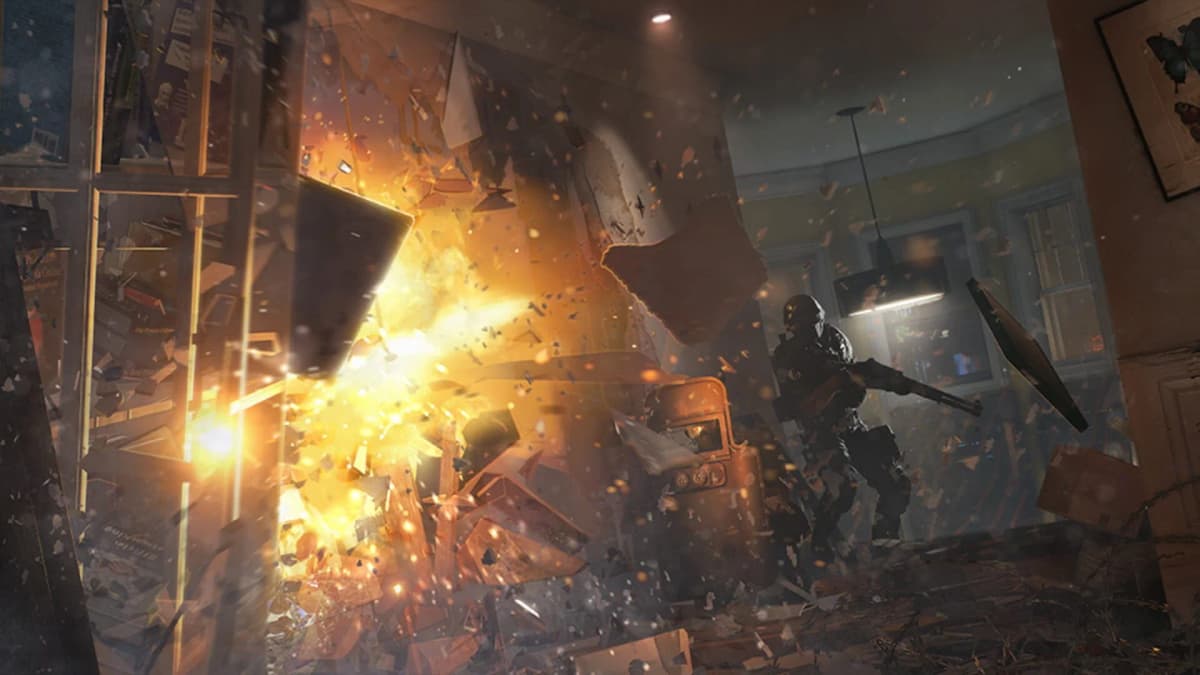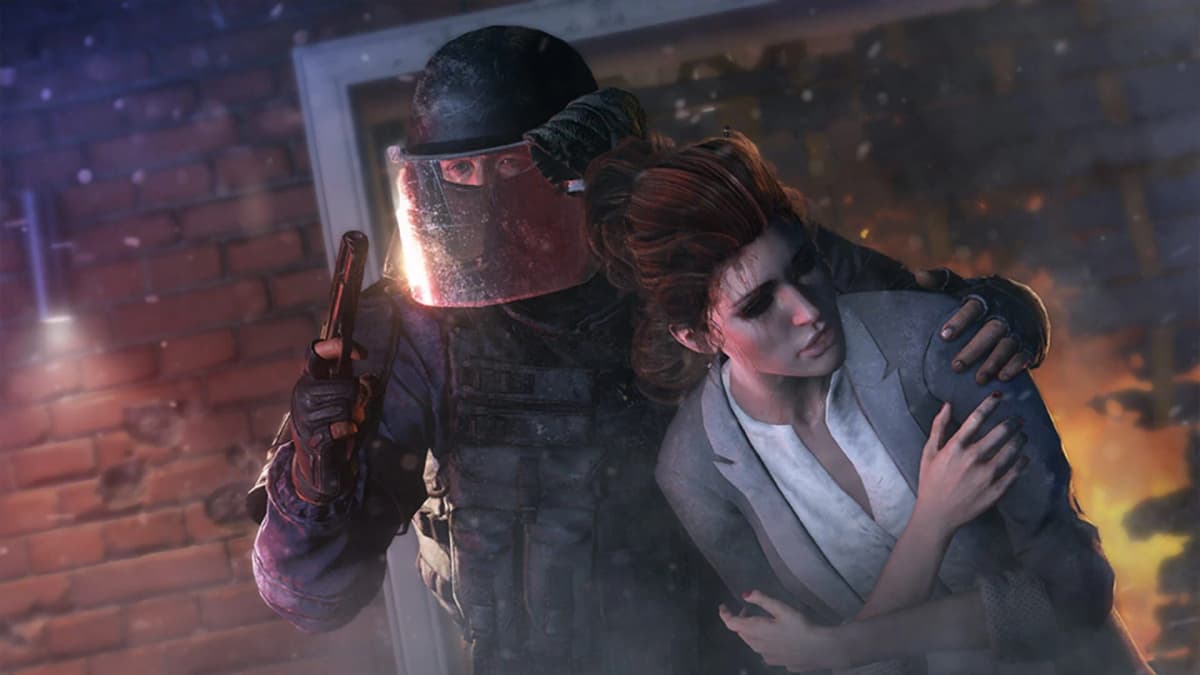
Game intel
Rainbow Six Siege X
Inspired by the reality of counter terrorist operatives across the world, Rainbow Six Siege invites players to master the art of destruction. Intense close qua…
Ubisoft’s latest update for Rainbow Six Siege X, version 1.04, arrives with a suite of under-the-hood improvements designed to deliver cleaner visuals and more consistent performance across a wide range of PCs. By reworking the way shadows are cast, streamlining how textures load and offering new graphical sliders, the patch empowers players to fine-tune their experience for both high-end rigs and budget builds. Early testers report noticeable gains in frame pacing and overall clarity, making split-second engagements more reliable than ever.
The core of v1.04 focuses on three main pillars: shadow rendering, texture streaming and customizable controls. Shadow maps have been restructured to reduce aliasing artifacts on edges, while the engine now prioritizes high-resolution textures for objects in the player’s line of sight. Streaming queues have been optimized to prefetch critical assets without clogging VRAM, which minimizes mid-match stutters. Additionally, two new sliders—Shadow Detail and Texture Preload—give players direct command over resource allocation, enabling a balance between detail and memory usage.

In our internal lab, we tested v1.04 on three representative systems: a high-end rig (RTX 3080 and Ryzen 9 5900X), a midrange setup (RTX 2060 Super and Core i5-10400F) and an entry-level PC (GTX 1650 and Ryzen 3 3100). With the recommended tweaks, the high-end system saw a 5–7% boost in 1% lows, the midrange build posted a 4% uplift and even the entry-level configuration achieved smoother frame delivery with fewer micro-stutters. These improvements translate directly into more reliable peak engagements and fewer jarring drops when breaching or rotating through smoke.

In Rainbow Six Siege X, where milliseconds define success, sustained frame stability is just as critical as high peak FPS. The “1% lows” metric—representing the slowest one percent of frames—can make or break a clutch situation. Inconsistent lows cause hitching that throws off crosshair placement, making precise shots difficult. By targeting settings that stabilize these dips, players maintain control over rapid peek-and-fire maneuvers and avoid losing a decisive round to technical hiccups.

To take advantage of v1.04, update your game through the launcher, then apply the tweaks listed above. After adjustments, run a real match or two in Terrorist Hunt and keep your GPU overlay active (using tools like MSI Afterburner or Radeon Software) to confirm stable 1% lows. If you notice VRAM spikes or higher CPU usage, dial back the Render Scale slightly or switch VFX to “Low” for maximum smoothness. With shadows refined, textures preloaded and input lag minimized, you’ll experience a sharper battlefield and a competitive edge in every firefight.
Get access to exclusive strategies, hidden tips, and pro-level insights that we don't share publicly.
Ultimate Guide Strategy Guide + Weekly Pro Tips